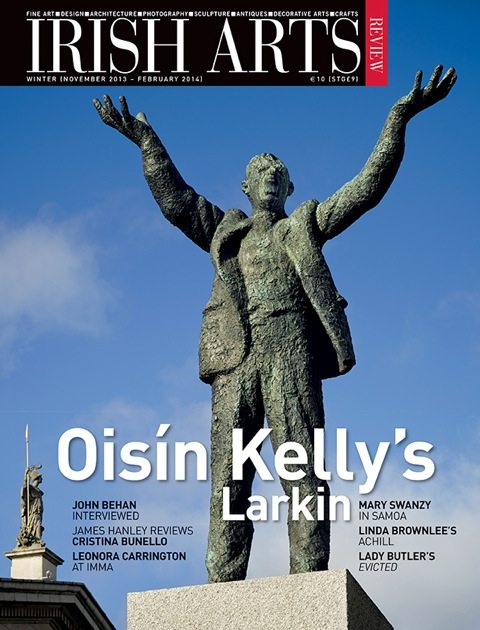
 STEIDL, 2013
STEIDL, 2013
pp 344 fully illustrated h/b
€68.00 ISBN: 978-3869305707
Bob Quinn
Ansel Adams he is not. Tom Wood does not aspire to the splendours of the Grand Canyon and its million-years-old grandeur. He is located, lodged, locked into the immediate geology, the grains of sand of human strata. He records the phenomena of the human species, on the one hand female, on the other, male. In these two very fine books (produced in Germany) he separates them. Here the sexes do not meet, except in their ordinariness. But we are encouraged to join the dots in gestalt fashion and see all these lives as one.
His photo captions often direct us to insignificant details in the pictures. And all the better for that. We flick first through the images, seeing human diversity, defiance in the face of adversity, tragedy, deprivation, poverty of life and imagination, but also the beauty of youth and the dignity of age. And to counter this romanticism all he (or his curator) does is title the pictures prosaically, often referring to overlooked signs or slogans. They force us to look again, this time more carefully.
I have always believed images to be imprecise until somebody puts a sound or a caption behind or below them. Tom Wood deprives us of those clichéd – and distancing — subtitles; he insists on prosaic notes: ‘Bikes, looking left‚’ and ‘Looking right‚’ seems not only banal it is, strictly speaking, inaccurate. In fact the titles in the Women volume are more prudently vague than those in the Men book. However, in both we are forced to go back to the images, experience ordinariness, without mediation, in all its squalor, absurdity and yes, splendidness. And, like passers-by watching labourers digging a trench, we are fascinated.
He merely recorded the lives around him, with the tiny but essential instinct that these lives were important too
There is something endearing about Merseyside, whence these images emerge. I believe this to be because it was the first place the Irish, and especially Dubliners, landed in their flight from poverty. Tom Wood originated in Ireland. He is outsider and insider at once. I once worked as a bus conductor in Leeds and might as well have been in Dublin: I felt as much at home as away. The ‘North‚’ was a safe distance from London, the seat of Empire, and thus gave the North of England’s inhabitants a safe distance from the affectations of the Home Counties. The Beatles could never have emerged from Hampstead, NW. That privileged suburb of the capital could never have produced the apparent casualness but desperate precision and beauty of their melodies and, especially, their lyrics. Playwrights and writers Wesker, Arden, Braine & Company all came from the black North. Likewise, these pictures.
I doubt if Tom Wood ever thought of it as melodramatically as that. He merely recorded the lives around him, with the tiny but essential instinct that these lives were important too. Lowry’s matchstick men and all the Eleanor Rigbys were worth noting. Attention had to be paid. Embedded in the community, Wood was a participant observer. This instinct of his is innocent, Blakean, impeccable. In his images we see ourselves in a celebration of youthful beauty, male and female, evolving into middle age and aged resignation. But, reassuringly. These are not sad pictures. We empathize with them. It is not Goldengrove (or Merseyside) we grieve for and celebrate, but the human
condition itself. Long may Tom Wood continue to do so.
Bob Quinn is a writer, photographer and film maker.



